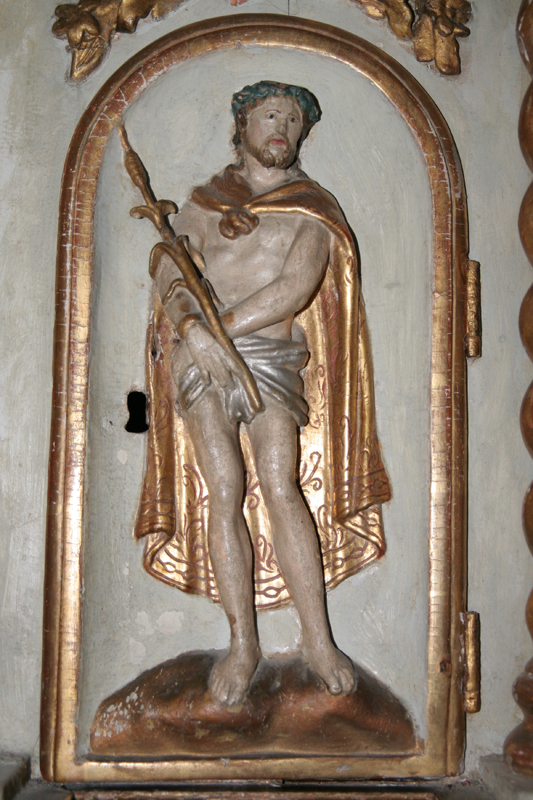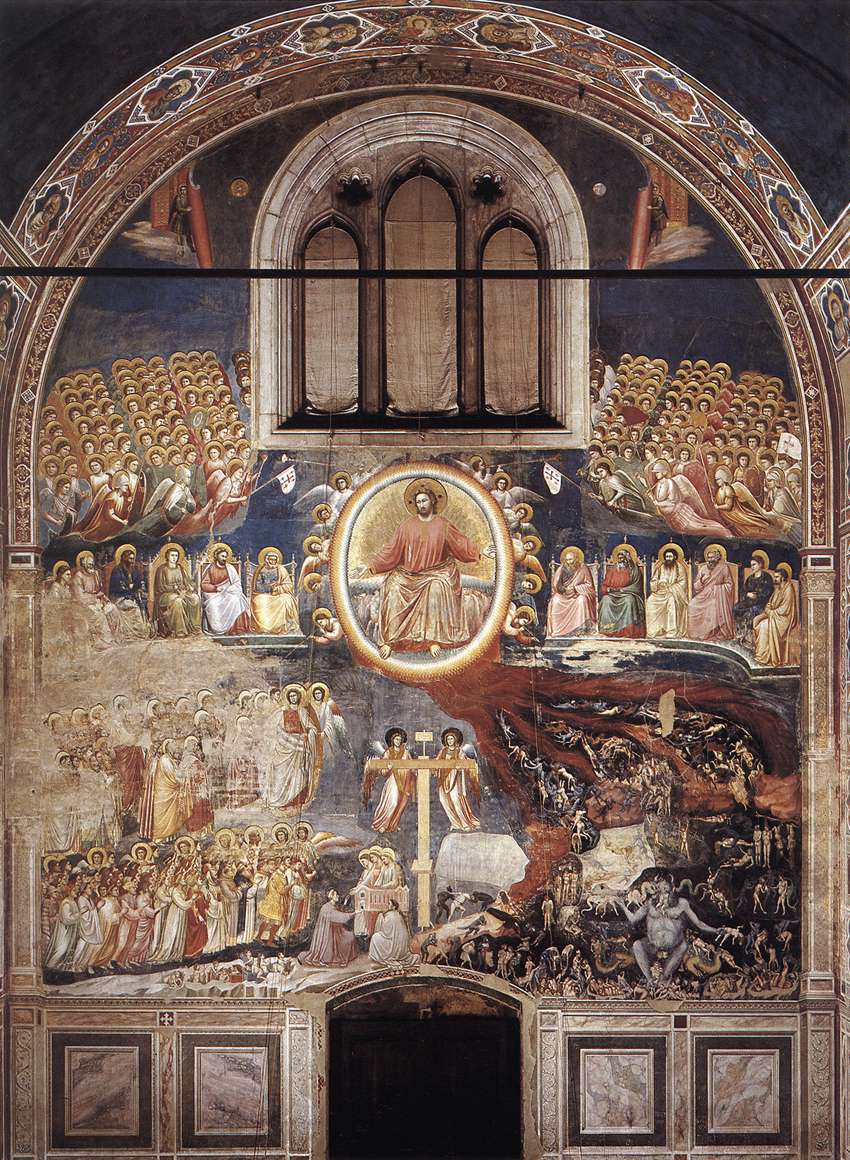An experiment...
This is a typical image of Christ surrounded by the Four Evangelists from wikicommons, it already bears a pretty strong relationship to the Tarot de Marseille World card; and here also the Christ from the Bezier image that Ross found:


If we replace the Christ from the Tetramorph image with the Christ from Bezier, we would end up with something like this:

I think it is fair to do so because we are replacing one image of Christ with another image of Christ.
Compare it to the Vieville, Noblet and Dodal:




Is it perfect? Nope. Every time we discuss it we point out that the wreath is wrong, and that the girdle is wrong. We can certainly talk about the ways that the Tarot de Marseille World card is, so far, unique.
I'm honesty open to other candidates, but Christ seems by far the most likely character depicted on the card to me and I hope that if other candidates are suggested, we can find iconography at least as convincing as that for Christ. Again, I ask, with a truly open mind and heart, who else is represented surrounded by the four evangelists? Who else would be represented in the trump card sequence to follow the Last Judgement?
If we take the typical medieval representation from gothic churches, the two scenes are usually combined, as in this image from Giotto:

Or this image of the Tympanum at Notre Dame de Paris:
Another Tympanum from St Foy, Conques, France, 1050-1120

And because I really ought to relate this to my essay on medieval English churches

(see, I'm
working, not playing)... here's an example of Christ with Judgement from England, c.1150-1200 from an amazing site on English wall-paintings:
http://www.paintedchurch.org/clayton.htm
And a couple of photographs I took just the other day of a wonderful Judgement scene in a nearby church:













